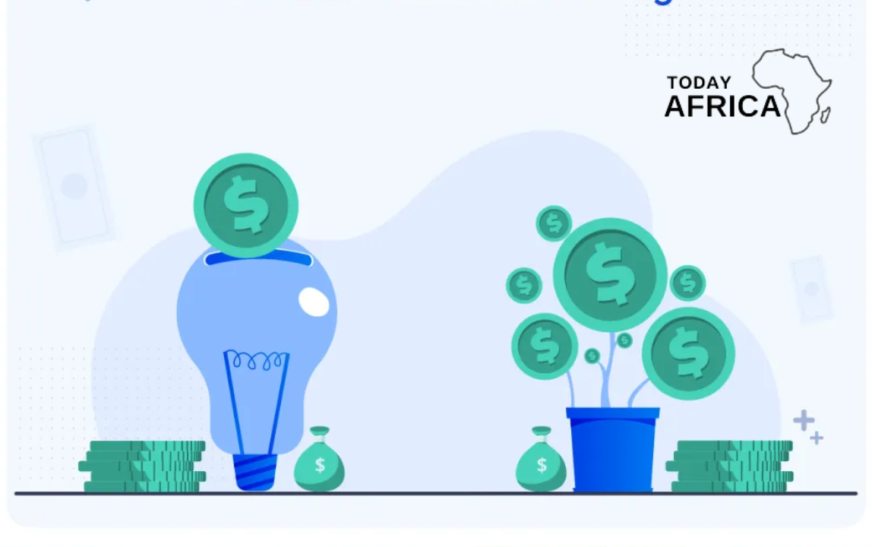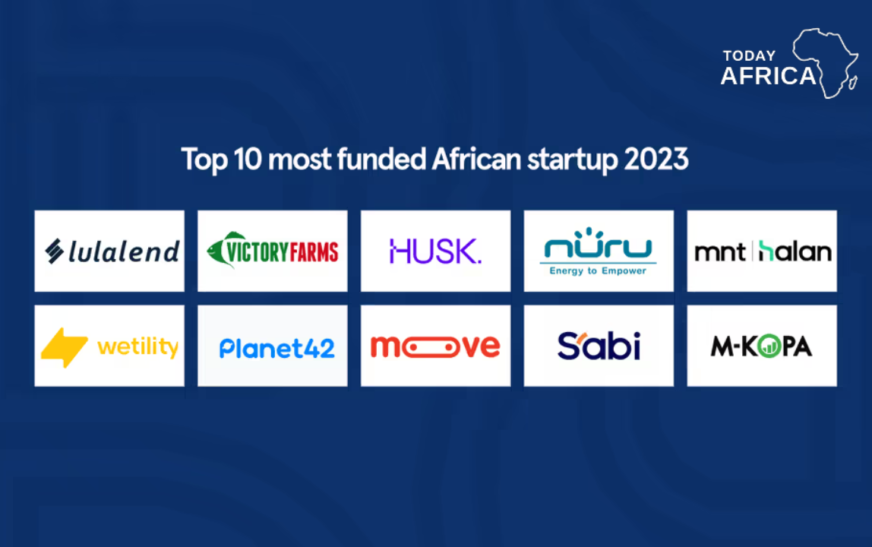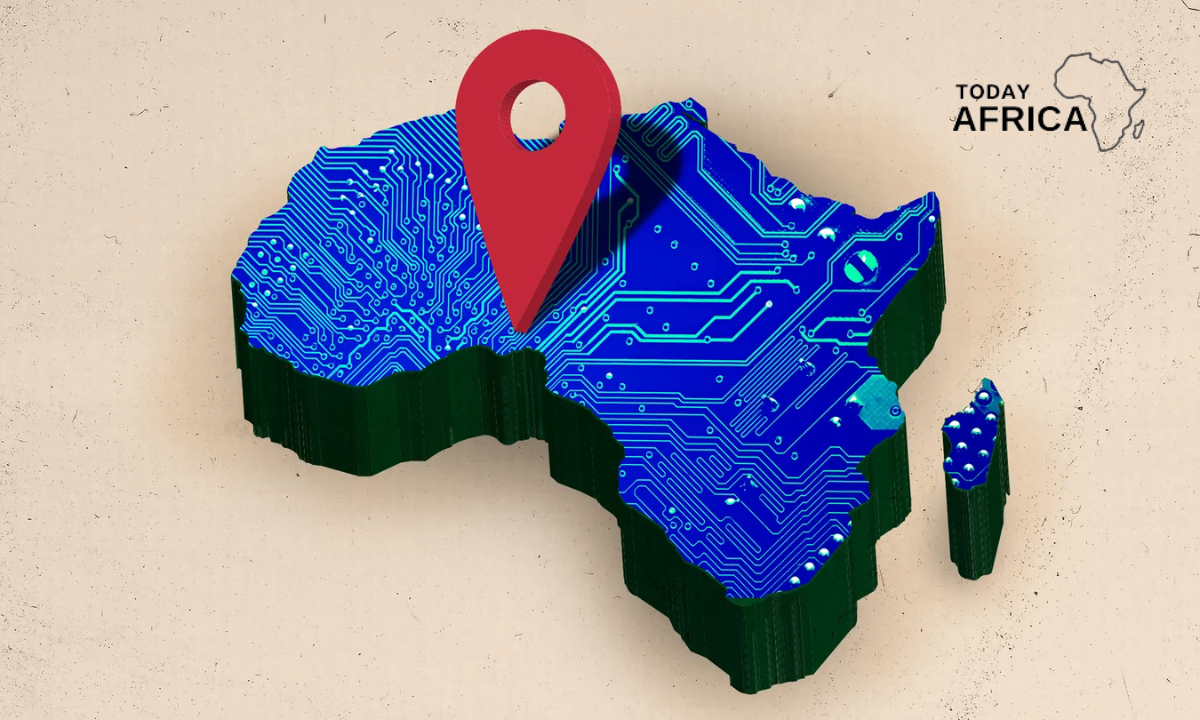The terms “seed” and “pre-seed” often leave many entrepreneurs puzzled about their differences.
So, understanding the differences between seed and pre-seed funding is important for an aspiring entrepreneur like you.
In this article, we’ll delve into the depths of seed and pre-seed funding. Demystifying their dissimilarities and shedding light on their significance.
What is Seed Funding?

Seed funding, often referred to as Series Seed, marks the initial investment stage for startups.
Before seeking funding, you must already use your money to get the startup off the ground and running, which is known as “bootstrapping”. So seed funding serves as the bridge between self-funding and the more significant venture capital rounds.
Click to get access to 200 Pre-seed Funding Companies Providing Support and Funding
Key aspects of seed funding
1. Investment amount: Investors invest a few hundred thousand dollars to a few million dollars, depending on the needs and potential of your startup.
2. Investors: These investors are interested in supporting promising early-stage startups and gaining equity in return. They include angel investors, venture capital firms, and, in some cases, crowdfunding platforms.
3. Business validation: Startups seeking seed funding are expected to have a clear business plan, a viable product or service, and a potential market opportunity. So demonstrating traction and the initial user or customer engagement can significantly increase the chances of securing seed funding.
4. Purpose: It’s often used to finance product development, build a founding team, conduct market research, and support initial marketing efforts. It enables you to move beyond the idea stage and establish a solid foundation for growth.
Understanding Pre-Seed Funding

Pre-seed funding, also regarded as angel funding or pre-seed capital, precedes the seed funding stage.
It acts as the precursor to seed funding, providing entrepreneurs with the necessary resources to refine their business ideas, conduct market research, and develop a minimal viable product (MVP).
Key aspects of pre-seed funding
1. Investment amount: The amount you will get is around a few tens of thousands to a couple of hundred thousand dollars. This amount may be smaller compared to seed funding, reflecting the earlier stage of the startup.
2. Investors: These investors take a higher risk by investing in startups at the earliest stages, aiming to identify and nurture the most promising ventures. They include angel investors, friends and family, and early-stage venture capital firms.
3. Business validation: Startups seeking pre-seed funding may not have a fully developed product or an established customer base. So you should have a great business idea, a clear market need, and a vision that captivates your potential investors.
4. Purpose: This funding is primarily used to validate your startup’s concept, conduct market research, develop an MVP, and attract a skilled founding team. It helps you prove the feasibility of your ideas and generate initial traction before pursuing seed funding.
Key Differences: Seed vs Pre-Seed
Now that we’ve explored the individual characteristics of seed and pre-seed funding, let’s highlight the key differences between these two funding stages:
1. Timing: Seed funding typically follows pre-seed funding, occurring when you have developed a solid business plan, an MVP, and initial market validation. Pre-seed funding, on the other hand, is secured at the earliest stages, when the startup is still refining its ideas and conducting market research.
2. Investment size: Seed funding generally involves larger investment amounts compared to pre-seed funding. As your startup progresses from the pre-seed stage, it gains more clarity and attracts investors willing to invest a higher capital to drive growth.
3. Investor expectations: Seed investors expect your startup to have achieved some level of business validation, such as user engagement, initial revenue, or growth potential. Pre-seed investors, on the other hand, want to know your vision, the market opportunity, and your team’s abilities.
4. Startup stage: Seed funding marks the transition from the idea stage to the initial execution and growth phase. While pre-seed funding is the earliest stage of external funding, aimed at transforming your concept into a tangible and viable business plan.
Conclusion
Understanding the differences between seed and pre-seed funding is vital for you aiming to secure funds at the right stage.
Both stages serve as stepping stones in the funding journey. Their differences in investment size, timing, and investor expectations will significantly impact your startup’s trajectory.
So comprehending the distinctions between seed vs pre-seed will help you make informed decisions about when to seek external funding. How to prepare your business for investment, and which type of investors to approach.
Whether you’re at the pre-seed stage, refining your idea, or ready to attract seed investors with a validated business plan, being aware of the seed vs pre-seed empowers you to navigate the funding landscape with confidence and clarity.
















